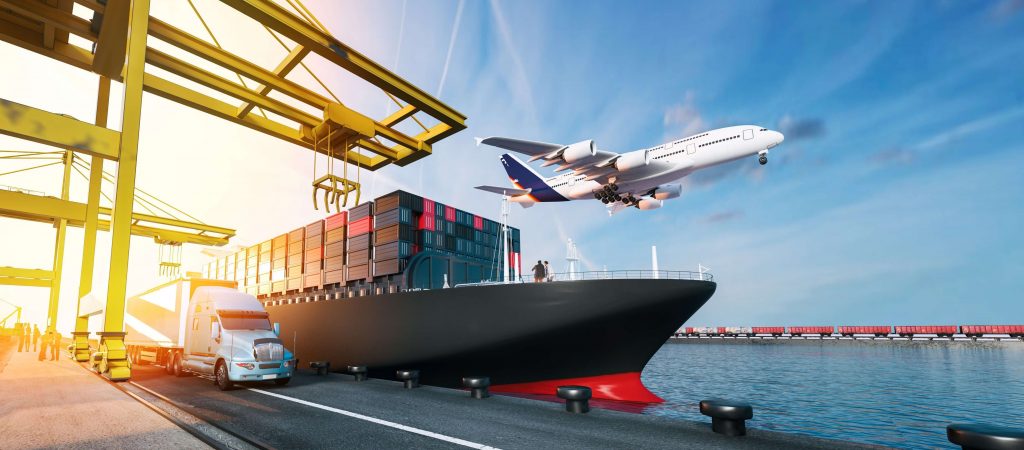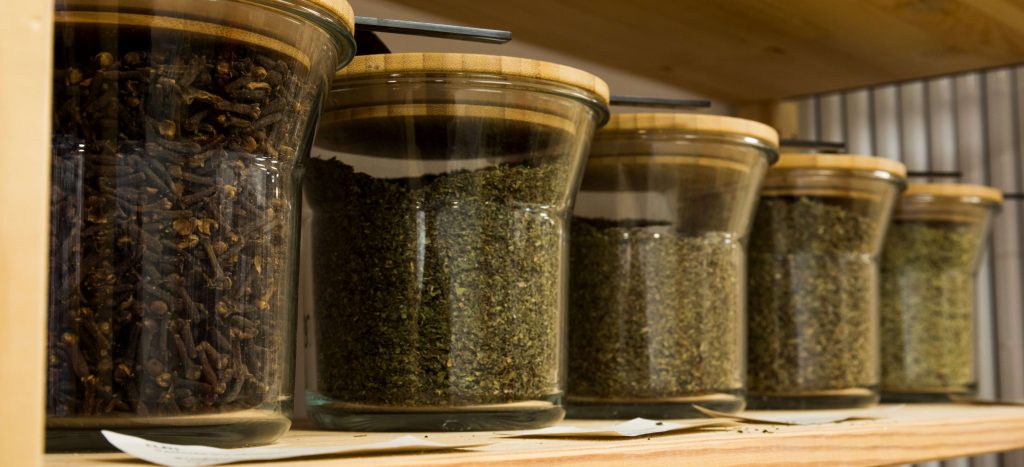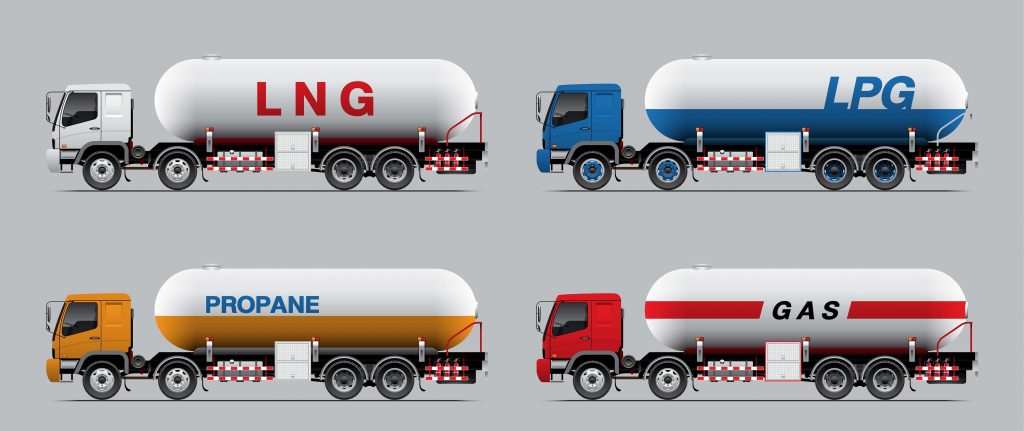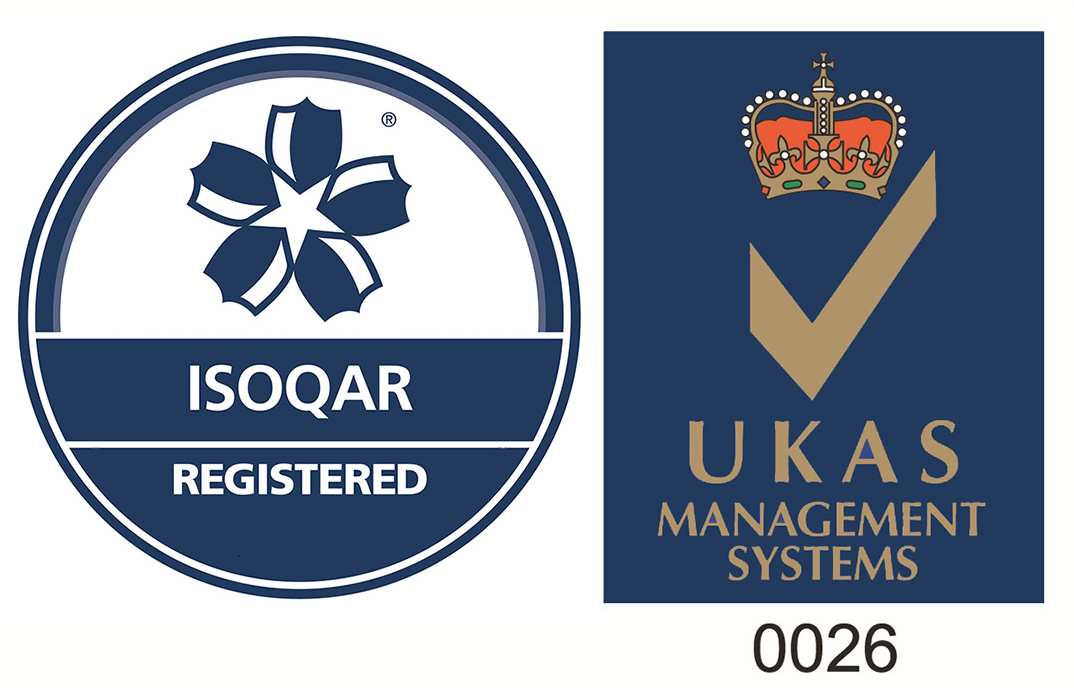Shipping, Freight, Logistics, and Supply Chain, are they the same?
At a glance, We might find Shipping, Freight, Logistics, and Supply Chain industries similar, and there might be no difference between these industries. However, once we get to know the business or become involved in it we can differentiate them by the way each of them works, their assets, architecture, and the different qualification requirements each of them require.
Shipping
You might be a business owner or an organization that wants to deliver products internationally. The physical process of transporting goods from one place to another by sea or any other means like road, rail, and the air is known as shipping. And you can do that using any of the shipping modes. The most common modes of freight transportation are:
- Air
Freight movements in airplanes and aircraft by the air route. - Sea
Freight movements in airplanes and aircraft by the air route. - Road
Freight forwarding through roads in cars, trucks, buses,or vans. - Rail
Shipping through railways in train

Any of these modes can be picked according to your business’s convenience like cost, delivery duration, and so on. For instance in Qatar Air Freight transportation is the most common mode of shipping for global shipping. Many shipping companies in Qatar provide air freight, one among them is Aero Freight.
Freight
Freight / Cargo refers to goods or products that are being conveyed by freight forwarding companies mostly for commercial/business purposes by air, water, land, or rail on a large scale. It is the goods that are shipped in bulk by any of the Shipping methods. The types of freights can vary from oversized cargo to standard and special goods. Freight forwarding companies all around the world have become more active over the years with advanced technologies.
Types of Freight
General freight or Break Bulk
These are the goods that should be loaded individually unlike oils and grains


Dry Bulk
Cargos that are unpacked and homogeneous make them easier to be dropped or loaded like coal and grain.
Wet Bulk or Tanker Cargo
Cargos that are in a liquid state that is carried in closed tanks or shipping containers


Containerized Cargo
Machinery, equipment, materials, products, or commodities that are shipped not only in sealed or metal containers.
Logistics
Logistics is the detailed planning and implementation of a complex process. It is the management of the flow of goods from the exporter warehouse to the consumer warehouse. In a common business function, logistics is the management of the movement of things to meet the requirements of customers or companies. The resources handled in logistics may include tangible goods such as supplies, accessories, and materials, as well as food and other consumable items.
Like shipping companies in Oman manages shipping of petroleum, fish, textiles, and so on. Similarly, shipping companies in Dubai mostly deal with natural gas and crude oil.

Supply Chain
Supply Chain is the whole process comprising all aspects in a commodity cycle, for example from plucking of the fruit at a farm in one place to delivering it to the shelf at a store in another place using freight forwarding companies. It is the management of all networks involved in the creation of a product from individuals, corporations, supplies, movements, and technology to sales. It involves a network of suppliers, transporters, warehouses, shipping centers, shipping lines, logistics assistance providers all working together from the production and sale of a product till its delivery. The usual, supply chain starts and ends with the customer itself it can be as follows:

- A customer places a sales order with the company that will supply the product.
- Once an order is placed the supplier will initiate the planning stage where the supplier will create a production plan or sourcing plan or supply plan according to the order requirement.
- Then if the raw materials need to be collected from somewhere else then the procurement process is executed.
- Next, the product is manufactured in the production process.
- It is then followed by an inventory process where the goods are received from the various suppliers at the supplier’s warehouse, its storage.
- Then the product is transported with the help of logistics and shipping.
- Finally, the product is received by the consumer at the end of the chain.
It is clear from the above blog that even though Shipping, Freight, Logistics, and Supply Chain are from the same industry there are vast differences among them such as qualification required to work in these industries, working mode and duration, profits, and payments received and so on. If you find this blog helpful kindly comment below.



